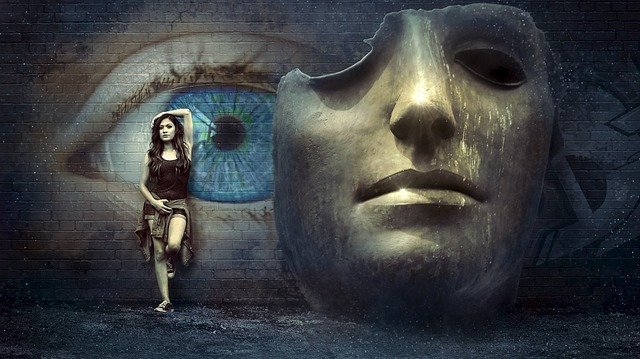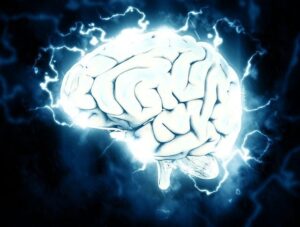
Unveiling the Canvas of Art Therapy
Painting and drawing are only one aspect of art therapy; it’s a comprehensive method that includes other artistic endeavors including digital art, collage, and sculpture. Art therapy, which has its roots in the idea that creative expression can be a potent tool for reflection and healing, offers a nonverbal channel of communication to those who might find it difficult to communicate their feelings in words.
Beyond Words: The Language of Art
Dealing with mental health problems can be quite stressful for many people. With art therapy, individuals can bring their inner battles, anxieties, and victories to the outside world in a concrete and artistic manner. Colors, shapes, and textures allow people to express complicated feelings that could be hard to describe. Those who might feel stigmatized or silenced by their mental health issues may find great benefit from this nonverbal communication.
The Therapeutic Process
Making visually beautiful art is only one aspect of art therapy; the journey and the process itself are what matter. While working on their art projects, therapists encourage their clients to examine their thoughts and feelings in order to promote self-reflection and insight. The process of creating takes on the role of a metaphorical mirror, reflecting the emotional landscape within and facilitating a better comprehension of the self.
Embracing Imperfection
Art therapy is distinct in that it prioritizes the process above the final product. Perfectionism or artistic skill are not required; in fact, flaws are frequently embraced. For those who suffer with perfectionism or fear of being judged, this emphasis on accepting imperfection can be freeing. The emphasis switches from producing a work of art to expressing oneself honestly, which promotes self-acceptance and a sense of achievement.
Art as a Catalyst for Healing
It has been demonstrated that art therapy works well in a variety of therapeutic contexts, such as mental health clinics, schools, and hospitals. People who are coping with trauma, anxiety, depression, and other mental health issues may find it very helpful. Pent-up emotions can be released through the creative process, offering a cathartic experience that aids in emotional recovery.
Cultivating Mindfulness through Creativity
Making art demands a level of present and concentration that might result in mindfulness. The process of making art requires focus on the here and now, whether it is through deliberate brushstrokes or repetitive clay kneading. This mindfulness component can be especially helpful for people who are experiencing anxiety since it provides a method to achieve inner quiet and a break from racing thoughts.
Art Therapy in Practice: Real-Life Success Stories
Through art therapy, many people have found transformative recovery. For example, someone suffering from depression can find comfort in the repetitive and meditative aspect of drawing elaborate patterns, while a trauma victim might utilize abstract painting as a means of processing and expressing their emotions. These anecdotes highlight the adaptability of art therapy and its ability to treat a variety of mental health issues.
Incorporating Art into Daily Life
The advantages of art can be utilized in everyday life in addition to the invaluable formal art therapy sessions with qualified professionals. Including artistic pursuits in daily life, like journaling, doodling, or even adult coloring books, can offer a convenient way to express oneself and decompress. The secret is to partake in joyful activities that promote unrestricted speech without fear of criticism.
Opening the Door to Self-Discovery
Art therapy is a special and potent ally in the field of mental health treatment. It gives people the ability to express themselves creatively and sets them on a path toward self-acceptance, healing, and self-discovery. The possibility for a more resilient, brighter mental environment emerges with the art, demonstrating the transformational power of creativity on the way to well-being.



